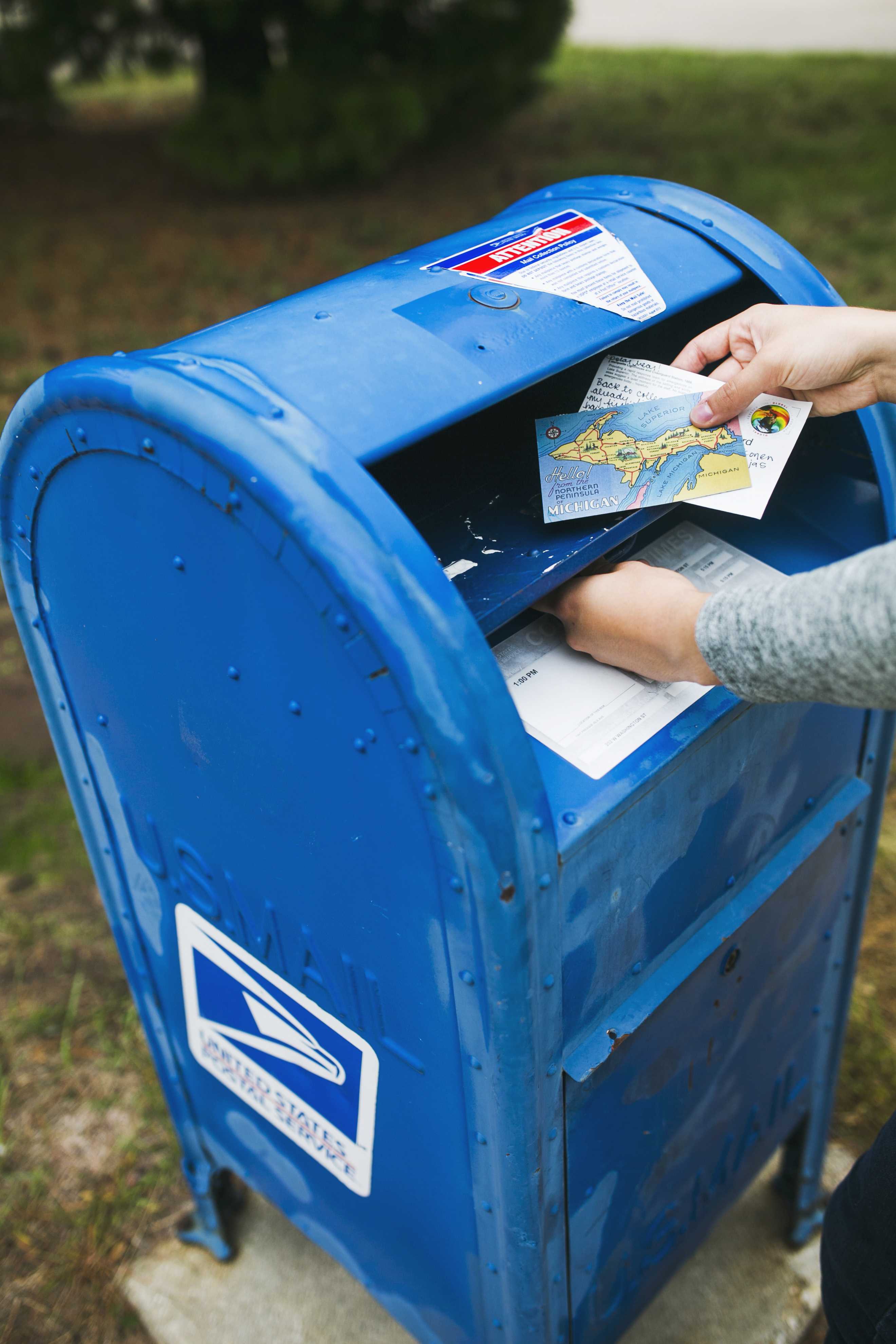You may not use it daily, or at all for that matter, but I’m sure you’ve heard of “the mail.” Postage, or “snail mail” is the ancestor of emailing and text messaging. Just 30 years ago, before the rise of the internet, people who wanted to communicate with each other textually did it through the U.S. Postal Service, and some still do today. Believe me, I wrote and sent a letter last week.
 A handwritten note contained by an addressed and stamped envelope. You may be familiar with such a thing from a book or film, but this is no fiction or myth; neither is the U.S. Postal Service.
A handwritten note contained by an addressed and stamped envelope. You may be familiar with such a thing from a book or film, but this is no fiction or myth; neither is the U.S. Postal Service.
Despite initiatives to eliminate the federal service, postage still exists and functions to this day. Lately, the price of a stamp and postage in general, has been on the rise.
How much for a single stamp? Forty-nine cents. That’s right, to send a standard, single envelope, straight-up letter to anyone, anywhere in the United States, it costs less than a dollar. Not a hefty price to pay for the one letter or piece of mail that most of us send once a year, right?
In one sense, no. Coughing up half a dollar isn’t going to break the bank. But, if you’re sending multiple letters a week, or a package to the other side of the country, there’s a definite rise in the shipping cost. Moreover, sending something through the mail isn’t all that convenient. Once you factor in the labor of buying a stamp or paying the shipping price, and going to the post office, using the U.S. Postal Service as a means of delivering a message doesn’t seem all that practical.
Considering convenience and price, is the mail still relevant?
There are obvious benefits and limitations to using the postal service as an effective method of communication or delivery. Perhaps the most common drawback of the mail is time and convenience.
We live in a world where interacting with someone through text is easy and immediate, i.e. text messaging or email. If we need to talk to someone, or relay a message in written word, we have that capability at our fingertips. When writing a letter, we not only have to pay a postage fee to convey our thoughts, but we must wait days, rather than seconds, for the response.
However, the U.S. Postal Service and other shipping services like FedEx and UPS remain to serve one universal function: sending and receiving packages. Every time you order something from Amazon or any online store, the delivery of that item is completed by a mail service. The same goes for the care package that your mom sends you or your drunk buy from eBay.
In every case, you rely on the mail for obtaining that package.
Furthermore, legal documents and billing statements are still sent via post, along with invitations and birthday cards. Sure, some of these are for pure novelty, but the service has remained since our nation’s conception. For the sake of formality, we might as well continue to use it, despite its inefficiency and quirkiness.
I’m not sure what still makes the mail appealing to me. Maybe it’s a feeling of nostalgia I experience when writing my beliefs and reactions by hand, and licking the envelope, or applying the stamp.
Postage retains a sense of romance in communication, something that I don’t get through quick and casual texting. The effort of expressing emotion and thought on paper,
to seal and send away, only to anxiously anticipate a response, is something particular to postage. Mail has been crucial for winning wars, connecting opposite sides of the world and maintaining written word.
Yes, it is now ultimately inconvenient and slightly expensive, but the feeling of finally opening a long-anticipated letter is priceless.
























